

“Woman With a Hat” by Henri Matisse – An Iconic Smear of Paint
When Leo Stein saw the painting Woman With a Hat by Henri Matisse, he reportedly said it was “the nastiest smear of paint”. Although this painting may have received considerable critique for its look, it nonetheless became an important emblem of 20th-century modern art. We will discuss this painting further in the article below.
Table of Contents
- 1 Artist Abstract: Who Was Henri Matisse?
- 2.1 Contextual Analysis: A Brief Socio-Historical Overview
- 3.1 Visual Description: Subject Matter
- 3.3 Texture and Brushwork
- 5 “Wild Beasts” at Play
- 6.1 Who Painted Woman with a Hat?
- 6.2 Why Was the Painting of the Woman with a Hat by Henri Matisse Important?
- 6.3 Where Is the Painting Woman with a Hat by Henri Matisse?
Artist Abstract: Who Was Henri Matisse?
Henri Matisse was born on December 31, 1869, and lived until November 3, 1954. He was born in Northern France in Le Cateau-Cambrésis. He initially studied law and briefly worked in this field, but it did not work out for him, and he soon started painting and pursued an art career, which was during 1891.
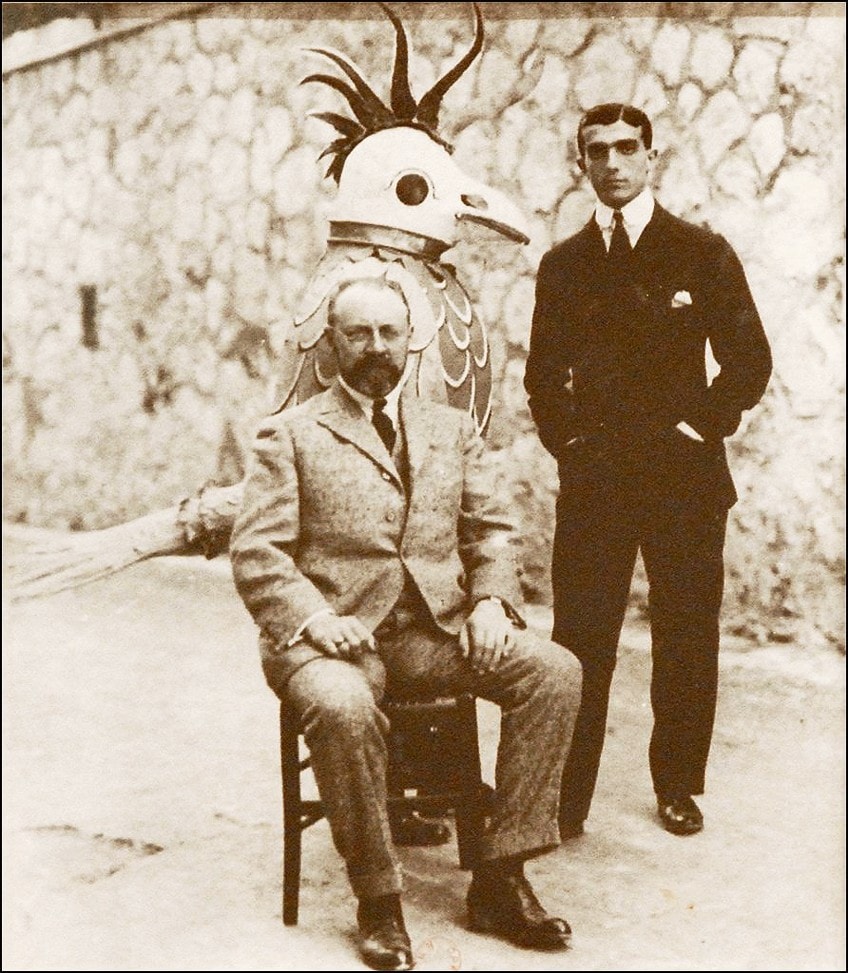
He studied under artists like Gustave Moreau and John Russell and was influenced by different styles of art ranging from still lifes to Impressionism . Matisse was also influenced by the Post-Impressionism style and how color was utilized, which eventually formed into Fauvism , a style started by him and André Derain.
Matisse’s art continued to influence future generations of artists, especially Abstract Expressionism.
Woman with a Hat (1905) by Henri Matisse in Context
Below we will explore Henri Matisse’s Woman With a Hat , otherwise, La Femme Au Chapeau , the woman in question was Henri Matisse’s wife, Amélie Parayre. We will start with a brief contextual analysis discussing the Fauvism art movement, of which this painting was at the heart of its inception and characteristic “wild” style.
We will then provide a formal analysis, discussing the subject matter in more detail as well as various stylistic elements employed like color, texture, line, form, shape, and space all of which compose this portrait of a young woman with a blue hat.
Contextual Analysis: A Brief Socio-Historical Overview
The first Fauvism art movement was held in 1905 at the Salon d’Automne art exhibition in Paris. It featured several artworks by artists like Henri Matisse, André Derain, and others like Maurice de Vlaminck. The artworks were vibrant and vigorous in their display of color and brushwork, notably the painting of the Woman With a Hat by Henri Matisse.
Louis Vauxcelles, who was a French art critic, wrote about it in the French periodical/newspaper titled “Gil Blas”, published on October 17, 1905. He has been widely quoted by numerous art sources as describing the exhibition as “Donatello chez les fauves”, which means “Donatello among the wild beasts” in French.
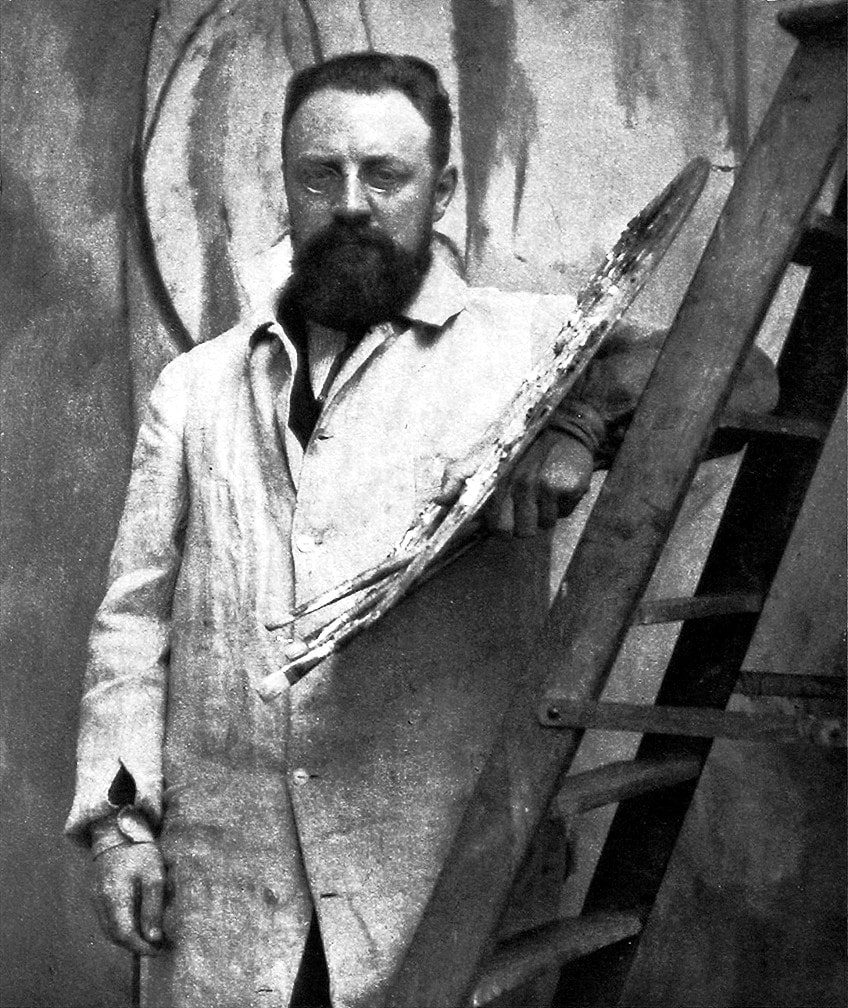
The art critic Camille Mauclair, has also been widely quoted, describing artworks as, “A pot of paint has been flung in the face of the public”. There was a distinct stylistic change among the Fauvist artworks on display and this elicited varieties of reactions from the public and critics alike. The term “Fauves” was used after Vauxcelle’s commentary mentioned above to name the group of artists.
Their style was more expressive, characterized by their brushwork, they utilized color without reliance on the subject to determine it, and colors were more striking, oftentimes leading to what has been described as “flat” pictorial surfaces.
Formal Analysis: A Brief Compositional Overview
The formal analysis below will first provide a visual description of the subject matter and then continue discussing artistic elements like color, brush strokes, and texture, which were significant trademarks of not only Henri Matisse’s paintings but Fauvism as an art movement .
Visual Description: Subject Matter
In Woman With a Hat by Henri Matisse, we see Amélie, the artist’s wife. She is either sitting or standing in a pose where her head is slightly turned towards her right-hand side and she seems to gaze in our direction, both her eyes are directed towards her right, which is mostly towards our left of the composition.
Her right wrist area is resting on what appears to be the top of a what could be a walking stick and in her right hand is a yellow fan. Her left hand appears to be resting in her lap, apparently without a glove on it.
Her outfit has been categorized as common to the bourgeoisie, namely, her styled hat, under which we can see a small bit of her brown hair, the glove on her right hand, the accompanying fan, as mentioned above, and her dress, of which there is a belt around her waist.
Her facial expression appears neutral and serious, she does not appear jovial in any way, and this was probably a fitting expression for the portrait painting.
Color in the Woman With a Hat painting is interchanged with the subject matter, making it a significant component of the composition. Amélie’s dress is painted in a myriad of colors like blues, greens, some reds, orange, and yellow, all intermixed.
Many art sources also quote what Matisse said about the color of Amélie’s dress when he was asked about it, he replied that it was “Black, of course”.
Her hat is also depicted in various colors, with most of it having tones of blue. Her skin tone is a mixture of what appears to be light pastel blues , yellows, greens, and pinks. Her upper lip is a brighter orange-red, possibly indicating how the shadow falls on her mouth. Her eyes are dark, appearing almost black, and her eyebrows are dark brown .
The background is multi-colored too; the upper portion appears lighter with cooler colors like blues, greens, and purples. This is in contrast with the lower third portion of the background, which has warmer shades of red and orange.
Texture and Brushwork
Texture is created by Matisse’s vigorous and expressive use of brushstrokes; we can see the physical texture of the paint on the canvas in short, choppy, long, thick, and thin brushstrokes. Reportedly, some also thought the artwork was “unfinished” because of Matisse’s method of applying paint and color.
Line, Form, and Shape
Matisse’s portrait, along with many of his other works in this Fauvist style, is not shy of dark outlines and open brushwork that allows forms and shapes to play freely around the canvas. The physical appearance of the paint and brushwork contributes to the shapes and forms of the subject matter.
There is not a lot of depth or three-dimensionality depicted in Matisse’s portrait of a young woman with a blue hat. While she composes most of the space, it is almost as if she and the background have become one.
This is due to the stark contrasting effect of colors.
“Wild Beasts” at Play
It is believed that the Woman with a Hat painting was bought by Gertrude Stein and her brother, Leo Stein, for 500 Francs. However, some sources state that Sarah Stein initially bought it, she was married to Michael Stein, who was Gertrude and Leo Stein’s brother.
Reportedly, Woman with a Hat by Henri Matisse was one of his first paintings where his style shifted into more free and expressive techniques.
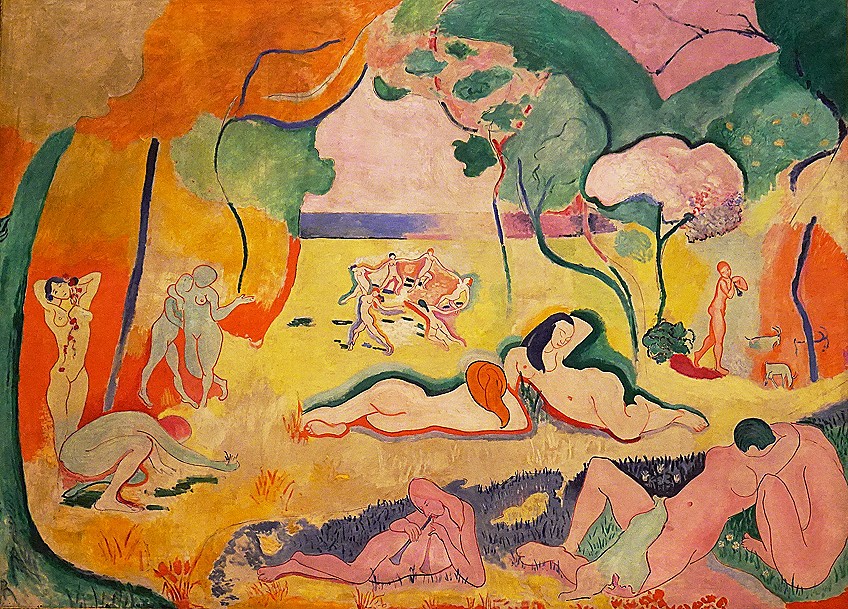
Before Matisse painted Woman with a Hat, he previously explored different styles such as the Neo-Impressionistic Pointillism . This can be seen in Matisse’s painting, Luxe, Calme, et Volupte, which he painted between 1904 and 1905.
The French word “Fauves” means “wild beasts” and Henri Matisse’s artistic oeuvre was filled with colors, texture, and wild abandon, undoubtedly making him one of the forerunners, and certainly one of the “wild beasts”, at play in a changing landscape of art and culture. We have come face-to-face with this changing landscape in his seminal artwork discussed in this article, “Woman with a Hat”.
Frequently Asked Questions
Who painted woman with a hat .
Henri Matisse painted Woman with a Hat in 1905. He was one of the leaders of the emerging art group called the Fauves, which is a French word meaning wild beasts. The woman who posed for Matisse was Amélie Parayre, who was his wife.
Why Was the Painting of the Woman with a Hat by Henri Matisse Important?
Henri Matisse’s painting Woman with a Hat (1905) was one of the first paintings exhibited that started the Fauvism art movement. It was a revolutionary painting because of the different painting techniques utilized, especially in terms of color and brushstrokes.
Where Is the Painting Woman with a Hat by Henri Matisse?
The Woman with a Hat (1905) painting by Henri Matisse is now housed at the San Francisco Museum of Modern Art (SFMOMA). Reportedly, Elise S. Haas donated this painting, along with many other artworks, to the museum in 1990/1991.

Alicia du Plessis is a multidisciplinary writer. She completed her Bachelor of Arts degree, majoring in Art History and Classical Civilization, as well as two Honors, namely, in Art History and Education and Development, at the University of KwaZulu-Natal, South Africa. For her main Honors project in Art History, she explored perceptions of the San Bushmen’s identity and the concept of the “Other”. She has also looked at the use of photography in art and how it has been used to portray people’s lives.
Alicia’s other areas of interest in Art History include the process of writing about Art History and how to analyze paintings. Some of her favorite art movements include Impressionism and German Expressionism. She is yet to complete her Masters in Art History (she would like to do this abroad in Europe) having given it some time to first develop more professional experience with the interest to one day lecture it too.
Alicia has been working for artincontext.com since 2021 as an author and art history expert. She has specialized in painting analysis and is covering most of our painting analysis.
Learn more about Alicia du Plessis and the Art in Context Team .
Cite this Article
Alicia, du Plessis, ““Woman With a Hat” by Henri Matisse – An Iconic Smear of Paint.” Art in Context. May 17, 2022. URL: https://artincontext.org/woman-with-a-hat-by-henri-matisse/
du Plessis, A. (2022, 17 May). “Woman With a Hat” by Henri Matisse – An Iconic Smear of Paint. Art in Context. https://artincontext.org/woman-with-a-hat-by-henri-matisse/
du Plessis, Alicia. ““Woman With a Hat” by Henri Matisse – An Iconic Smear of Paint.” Art in Context , May 17, 2022. https://artincontext.org/woman-with-a-hat-by-henri-matisse/ .
Similar Posts
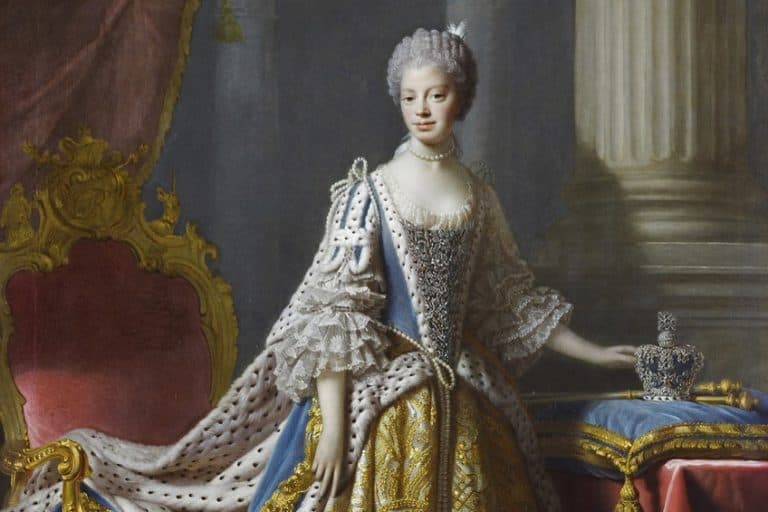
“Queen Charlotte” Painting by Allan Ramsay – Fit for Royalty

Dogs Playing Poker Cassius Marcellus Coolidge – An Analysis

“Nudes in the Forest” by Fernand Léger – Modernism in Nature

“The Burning Giraffe” by Salvador Dalí – A Giraffe Painting Study
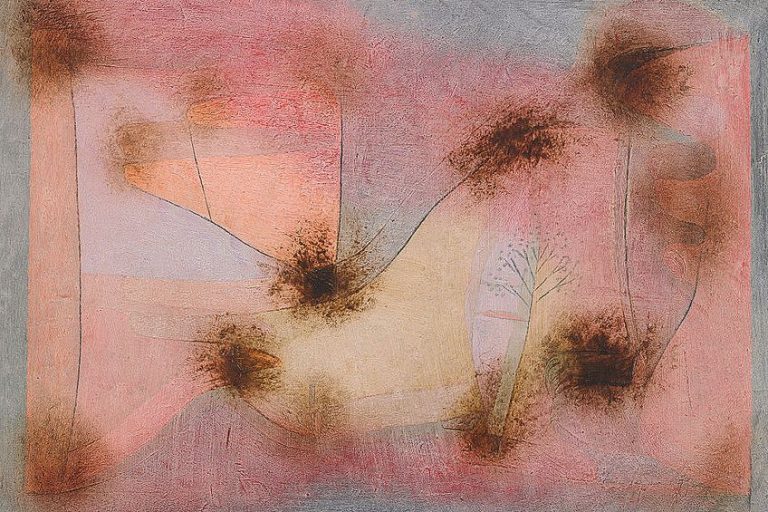
Famous Abstract Paintings – The 10 Best Abstract Art of all Time
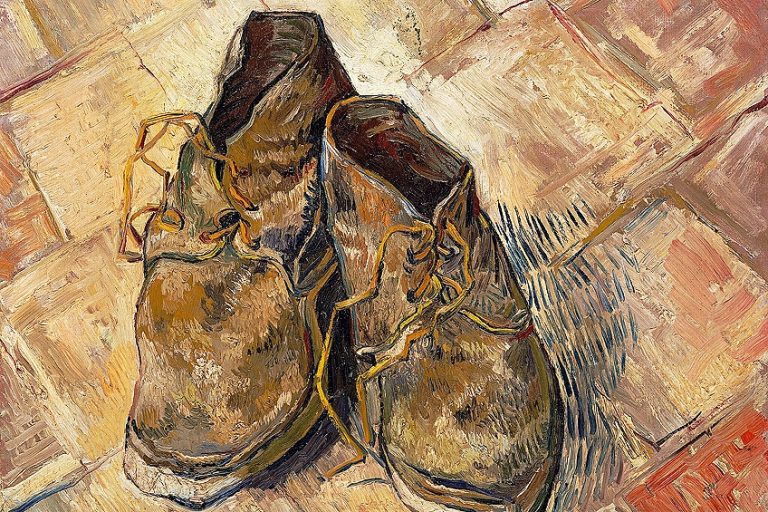
“Still Life of Shoes” by Vincent van Gogh – A Unique Perspective
Leave a reply cancel reply.
Your email address will not be published. Required fields are marked *
Save my name, email, and website in this browser for the next time I comment.
The Most Famous Artists and Artworks
Discover the most famous artists, paintings, sculptors…in all of history!
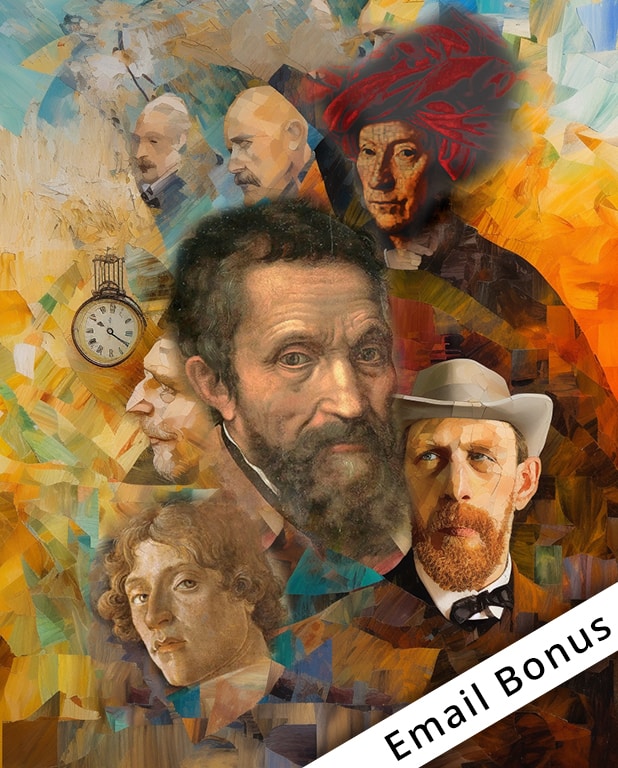
MOST FAMOUS ARTISTS AND ARTWORKS
Discover the most famous artists, paintings, sculptors!


“Woman with a Hat” by Henri Matisse – A Painting Analysis
- share
- save
Woman with a Hat by Henri Matisse is a famous oil on canvas painting that is said to depict the artist’s wife, Amelie. Produced and exhibited for the first time in 1905, it appeared among other works by Fauve artists at the Salon d’Automne, such as Maurice de Vlaminck and André Derain. These works were received with fierce criticism, leading to the artists being referred to as “Wild Beasts”. Read further below to learn more about Woman with a Hat by Henri Matisse!
- 1.1 Henri Matisse
- 1.2 Woman with a Hat by Henri Matisse
- 2.1 Who Is Portrayed in Woman with a Hat by Henri Matisse?
- 2.2 Why Is Woman with a Hat by Henri Matisse Important?
Exploring Woman with a Hat by Henri Matisse
While this artwork would not seem out of place in the modern art market, when it was first exhibited it, and other works like it, were instantly derided as being unrefined and child-like. This was mostly due to the unrealistic color choices he used in rendering the woman’s face and clothing. Yet, this piece and other Fauve artworks would eventually be recognized for their distinct aesthetic and abandonment of traditional coloring. However, before we find out why this work was so important, let’s find out a little bit about the artist himself.

Henri Matisse
While recuperating from appendicitis at the age of 19, Henri Matisse quit his employment as a legal clerk to instead produce traditional Dutch-inspired interiors and still lifes in a somber color palette. His colors began to brighten and his technique improved after relocating to Paris from northern France in 1891, thanks to the impact of Paul Gauguin, Paul Cézanne, and others. He finally liberated his colors in vivid tones that eradicated the use of shadows and accentuated forms while working around the Mediterranean shore in 1904. This small but essential attempt was part of Matisse’s quest to express himself through his unique use of color. From 1906 through 1913, he traveled around Moorish Spain and North Africa, creating mural-sized works that explored color intensities as they relate to the human form.
As the sense of depth was squeezed into solid planes of color, his works of art grew more decorative during the 1930s.

Woman with a Hat by Henri Matisse
Matisse reached a new level of fame with this painting. It is regarded as a major turning point because it marks the moment that he turned away from Neo-Impressionism and established Fauvism. Amélie is dressed in attire typically worn by the French bourgeoisie, complete with a stylish fan and long-sleeved gloves. She has a rather serious expression on her face and appears to be looking somewhere to the viewer’s left. Her pose looks professional yet natural, suggesting that this was not her first time sitting for the artist. She is wearing a green and blue dress with a bright red belt that cuts across horizontally.
This work caused a huge uproar in the world of art when it was first exhibited.
Critics and the public could not make sense of the unusual color choices and the fact that the colors were painted next to each other instead of being blended into each other. This was not the only artwork to feature this new style at the exhibition, and the gallery space was filled with various artworks, yet in the middle of the room was a piece by the master artist Donatello. This led one critic to remark that it was a Donatello work surrounded by wild beasts (fauves in French). Similar to beasts, these works seem untamed and unrestrained, as well as primitive. This was regarded as a huge departure from what was fashionable in the French art world at that time. While all the artworks were sneered at by critics, it was this painting that was most singled out for attacks.
Yet, it was bought for 500 francs by Leo and Gertrude Stein, which helped to boost the morale of the disheartened Matisse, leading him and the other artists to eventually embrace the title of the “Fauves”, forever changed the way that artists could apply color in their works. However, Sarah Stein, the sister-in-law of Leo and Gertrude, would subsequently claim to have originally purchased the artwork, stating that Leo was not initially fond of the painting. It can even be seen in photos of Sarah’s house. It was then bought by the Haas family in the 1950s, who subsequently donated it to the San Francisco Museum of Modern Art.
That concludes our look at Woman with a Hat by Henri Matisse. With the debut of this painting in 1905, the artist’s career was taking an exciting new direction. He was departing from his earlier works, and color was most crucial in these new innovative works. This painting displays the use of color in ways that are completely different from anything else that had been painted before. While this wild new style may have initially been met with much derision, it is now regarded as a pivotal turning point in the world of art.
Frequently Asked Questions
Who is portrayed in woman with a hat by henri matisse.
The woman portrayed in this famous portrait painting by Henri Matisse is his wife, Amelie. What is unique about this portrayal is the artist’s novel use of color. The colors used are not true to life and are placed next to each other instead of blended.
Why Is Woman with a Hat by Henri Matisse Important?
This artwork is noted for its unique application of color, which some critics refer to as being the work of wild beasts. It did not follow any of the traditional art techniques or styles of the period, and was therefore initially criticized for looking too childlike and unrefined. Yet, it gave rise to the Fauve movement, which helped change the way in which many subsequent artists expressed themselves through color in their own artworks.

Jordan Anthony is a Cape Town-based film photographer, curator, and arts writer. She holds a Bachelor of Art in Fine Arts from the University of the Witwatersrand, Johannesburg, where she explored themes like healing, identity, dreams, and intuitive creation in her Contemporary art practice. Jordan has collaborated with various local art institutions, including the KZNSA Gallery in Durban, the Turbine Art Fair, and the Wits Art Museum. Her photography focuses on abstract color manipulations, portraiture, candid shots, and urban landscapes. She’s intrigued by philosophy, memory, and esotericism, drawing inspiration from Surrealism, Fluxus, and ancient civilizations, as well as childhood influences and found objects. Jordan is working for artfilemagazine since 2022 and writes blog posts about art history and photography.
Learn more about Jordan Anthony and about us .
Cite this Article
Jordan, Anthony, ““Woman with a Hat” by Henri Matisse – A Painting Analysis.” artfilemagazine – Your Online Art Source. October 5, 2023. URL: https://artfilemagazine.com/woman-with-a-hat-by-henri-matisse/
Anthony, J. (2023, 5 October). “Woman with a Hat” by Henri Matisse – A Painting Analysis. artfilemagazine – Your Online Art Source. https://artfilemagazine.com/woman-with-a-hat-by-henri-matisse/
Anthony, Jordan. ““Woman with a Hat” by Henri Matisse – A Painting Analysis.” artfilemagazine – Your Online Art Source , October 5, 2023. https://artfilemagazine.com/woman-with-a-hat-by-henri-matisse/ .
Leave a Reply
Your email address will not be published. Required fields are marked *
Save my name, email, and website in this browser for the next time I comment.
Heilbrunn Timeline of Art History Essays
Henri matisse (1869–1954).
Madeleine II
Henri Matisse
Olive Trees at Collioure
Young Sailor II

View of Collioure
Nasturtiums with the Painting "Dance" I
Portrait of Sergei I. Shchukin
Laurette in a Green Robe, Black Background
Odalisque, Harmony in Red
Reclining Nude, II
Study for ¦Song¦
Snow Flowers
Standing Blue Nude
Magdalena Dabrowski Department of Modern and Contemporary Art, The Metropolitan Museum of Art
October 2004
The remarkable career of Henri Matisse, one of the most influential artists of the twentieth century, whose stylistic innovations (along with those of Pablo Picasso ) fundamentally altered the course of modern art and affected the art of several generations of younger painters, spanned almost six and a half decades. His vast oeuvre encompassed painting, drawing, sculpture, graphic arts (as diverse as etchings , linocuts, lithographs , and aquatints ), paper cutouts, and book illustration. His varied subjects comprised landscape, still life, portraiture, domestic and studio interiors, and particularly focused on the female figure.
Initially trained as a lawyer, Matisse developed an interest in art only at age twenty-one. In 1891, he moved to Paris to study art and followed the traditional nineteenth-century academic path, first at the Académie Julian (winter 1891–92, under the conservative William-Adolphe Bouguereau), and then at the École des Beaux-Arts (1892, under the Symbolist painter Gustave Moreau). Matisse’s early work, which he began exhibiting in 1895, was informed by the dry academic manner, particularly evident in his drawing. Discovering manifold artistic movements that coexisted or succeeded one another on the dynamic Parisian artistic scene, such as Neoclassicism , Realism , Impressionism , and Neo-Impressionism , he began to experiment with a diversity of styles, employing new kinds of brushwork, light, and composition to create his own pictorial language.
In its palette and technique, Matisse’s early work showed the influence of an older generation of his compatriots: Édouard Manet (1832–1883) and Paul Cézanne (1839–1906). In the summer of 1904, while visiting his artist friend Paul Signac at Saint-Tropez, a small fishing village in Provence, Matisse discovered the bright light of southern France, which contributed to a change to a much brighter palette. He also was exposed, through Signac and Henri-Edmond Cross, living in nearby Lavandou, to a pointillist technique of small color dots (points) in complementary colors, perfected in the 1880s by Georges Seurat (1859–1891). As a result, Matisse produced his Neo-Impressionist masterpiece Luxe, calme et volupté (1904; Centre Georges Pompidou, Paris), so titled after a poem by Charles Baudelaire, and exhibited at the Salon des Indépendants in Paris (spring 1905) to great acclaim. The next summer, in Collioure, a seaport also on the Mediterranean coast, where he vacationed in the company of André Derain (1880–1954), Matisse created brilliantly colored canvases structured by color applied in a variety of brushwork, ranging from thick impasto to flat areas of pure pigment, sometimes accompanied by a sinuous, arabesque-like line. Paintings such as Woman with a Hat (San Francisco Museum of Modern Art), when exhibited at the 1905 Salon d’Automne in Paris, gave rise to the the first of the avant-garde movements (fall 1905–7), named “Fauvism” (from the French word fauve or “wild beast”) by a contemporary art critic, referring to its use of arbitrary combinations of bright colors and energetic brushwork to structure the composition. During his brief Fauvist period, Matisse produced a significant number of remarkable canvases, such as the portrait of Madame Matisse, called The Green Line (1905; Statens Museum for Kunst, Copenhagen); Bonheur de vivre (1905–6; Barnes Collection, Merion, Pa.); Marguerite Reading (ca. 1906; Museum of Modern Art, New York); two versions of the Young Sailor (1906), the second of which is in the Metropolitan Museum ( 1999.363.41 ); Blue Nude: Memory of Biskra (1907; Baltimore Museum of Art); and two versions of Le Luxe (1907), among others.
Subsequently, Matisse’s career can be divided into several periods that changed stylistically, but his underlying aim always remained the same: to discover the “essential character of things” and to produce an art of “balance, purity, and serenity,” as he himself put it in his “Notes of a Painter” in 1908. The years 1908–13 were focused on art and decoration, producing several large canvases such as Reclining Odalisque (1908; 1999.363.44 ); two important mural-size commissions, Dance and Music (1909–10), for the Moscow house of his Russian patron Sergei I. Shchukin; a trio of large studio interiors, exemplified by The Red Studio (1911; MoMA, New York); and a group of spectacularly colored Moroccan pictures. These were followed by four years (1913–17) of experimentation and discourse with the Cubism of Pablo Picasso and Juan Gris. The resulting compositions were much more austere, almost geometrically structured and at times close to abstraction, as shown in the View of Notre-Dame (1914; MoMA, New York), The Yellow Curtain (1915; private collection), The Piano Lesson (1916; MoMA, New York), Bathers by a River (1916; Art Institute, Chicago), and a group of portraits in which a seated figure or the sitter’s head is positioned against a thinly brushed, neutral background. Yet he also created meticulously drawn portraits such as the famous Plumed Hat (1919; MoMA, New York).
In the autumn of 1917, Matisse traveled to Nice in the south of France, and eventually settled there for the rest of his life. The years 1917–30 are known as his early Nice period, when his principal subject remained the female figure or an odalisque dressed in oriental costume or in various stages of undress, depicted as standing, seated, or reclining in a luxurious, exotic interior of Matisse’s own creation. These paintings are suffused with southern light, bright colors, and a profusion of decorative patterns. They emanate a hothouse atmosphere suggestive of a harem.
In 1929, Matisse temporarily stopped painting easel pictures. He then traveled to America to sit on the jury of the 29th Carnegie International and, in 1930, spent some time in Tahiti and New York as well as Baltimore, Maryland and Merion, Pennsylvania. Dr. Albert Barnes, an important collector of modern art and owner of the largest Matisse holdings in America, commissioned the artist to paint a large mural for the two-story picture gallery of his mansion in Merion. Matisse chose the subject of the dance, a theme that had preoccupied him since his early Fauve masterpiece Bonheur de vivre . The mural (in two versions due to an error in dimensions) was installed in May 1933, and remains in place at the Barnes Foundation (Merion, Pa.). The composition highlighted the simplicity of female figures in exuberant motion against an abstract, almost geometric background. In preparation for the mural, Matisse began using a new technique—that of building up the composition from cutout shapes of previously colored paper. From 1940 onward, the paper cutouts became Matisse’s favored exploratory medium and, until the end of his life, the dominant medium of expression.
Another medium that Matisse explored and experimented with throughout his lifetime was drawing. As the most direct expression of the artist’s thoughts, drawing often helped Matisse to work out compositional and stylistic problems or new ideas. During the mid-1930s, he created distinctive series of pen-and-ink drawings on the subject of the artist and his model, while in the early 1940s he conceived his famous sequences of Thèmes et Variations , sensitively drawn spare works in elegant, unshaded line, describing simplified forms of female figures or still lifes. In the late 1940s and early ’50s, his drawings become bolder, the contour line thicker, the forms even more simplified and devoid of detail. The latest large drawings of acrobats (1951–52), executed with a thick brush placed at the end of a long stick, are made up of contour only. They are contemporaneous with a cutout series of Blue Nudes ( 2002.456.58 ), and the two mediums seem to represent two different approaches to form and space. The relationship between figure-ground becomes ambiguous and space complements the intended form. The form appears almost sculptural.
Sculpture was another medium pursued by Matisse since his early years, and although independent in expression, it was frequently used to find a solution to pictorial problems or became an inspiration to painting. More than half of Matisse’s sculptures were completed between 1900 and 1910; he also frequently worked in series, manipulating the form and simplifying it over the years. Among his best-known works belong the series of four Back reliefs (1903–31), the series of five Jeannette heads (1910–16), and the Large Seated Nude (1925–29).
Matisse’s creativity extended into the area of graphic arts and book illustration, the latter begun when he was already in his sixties, with the illustrations to Stéphane Mallarmé’s Poésies (1932), and culminated with the cutout compositions (1943–44) for his book Jazz (published in 1947). But the crowning achievement of Matisse’s career was the commission for the Chapel of the Rosary in Vence (1948–51), for which he created all the wall decorations, Stations of the Cross, furniture, stained-glass windows, even the vestments and altarcloths. The beauty and simplicity of this project constituted Matisse’s spiritual Gesamtkunstwerk and attested to his creative genius.
Dabrowski, Magdalena. “Henri Matisse (1869–1954).” In Heilbrunn Timeline of Art History . New York: The Metropolitan Museum of Art, 2000–. http://www.metmuseum.org/toah/hd/mati/hd_mati.htm (October 2004)
Additional Essays by Magdalena Dabrowski
- Dabrowski, Magdalena. “ Geometric Abstraction .” (October 2004)
Related Essays
- Lithography in the Nineteenth Century
- Pablo Picasso (1881–1973)
- The Printed Image in the West: Etching
- School of Paris
- African Influences in Modern Art
- Auguste Renoir (1841–1919)
- Auguste Rodin (1840–1917)
- Édouard Manet (1832–1883)
- Eugène Atget (1857–1927)
- Geometric Abstraction
- Georges Seurat (1859–1891) and Neo-Impressionism
- Impressionism: Art and Modernity
- Islamic Carpets in European Paintings
- The Nabis and Decorative Painting
- Nineteenth-Century French Realism
- Orientalism in Nineteenth-Century Art
- Paul Cézanne (1839–1906)
- Post-Impressionism
- The Salon and the Royal Academy in the Nineteenth Century
- Vincent van Gogh (1853–1890)
- France, 1900 A.D.–present
- 19th Century A.D.
- 20th Century A.D.
- French Literature / Poetry
- Impressionism
- Modern and Contemporary Art
- Oil on Canvas
- Pointillism
Artist or Maker
- Atget, Eugène
- Cézanne, Paul
- Cross, Henri-Edmond
- Derain, André
- Manet, Édouard
- Matisse, Henri
- Signac, Paul
Online Features
- 82nd & Fifth: “Reading Matisse” by Rebecca Rabinow
The Woman with a Hat
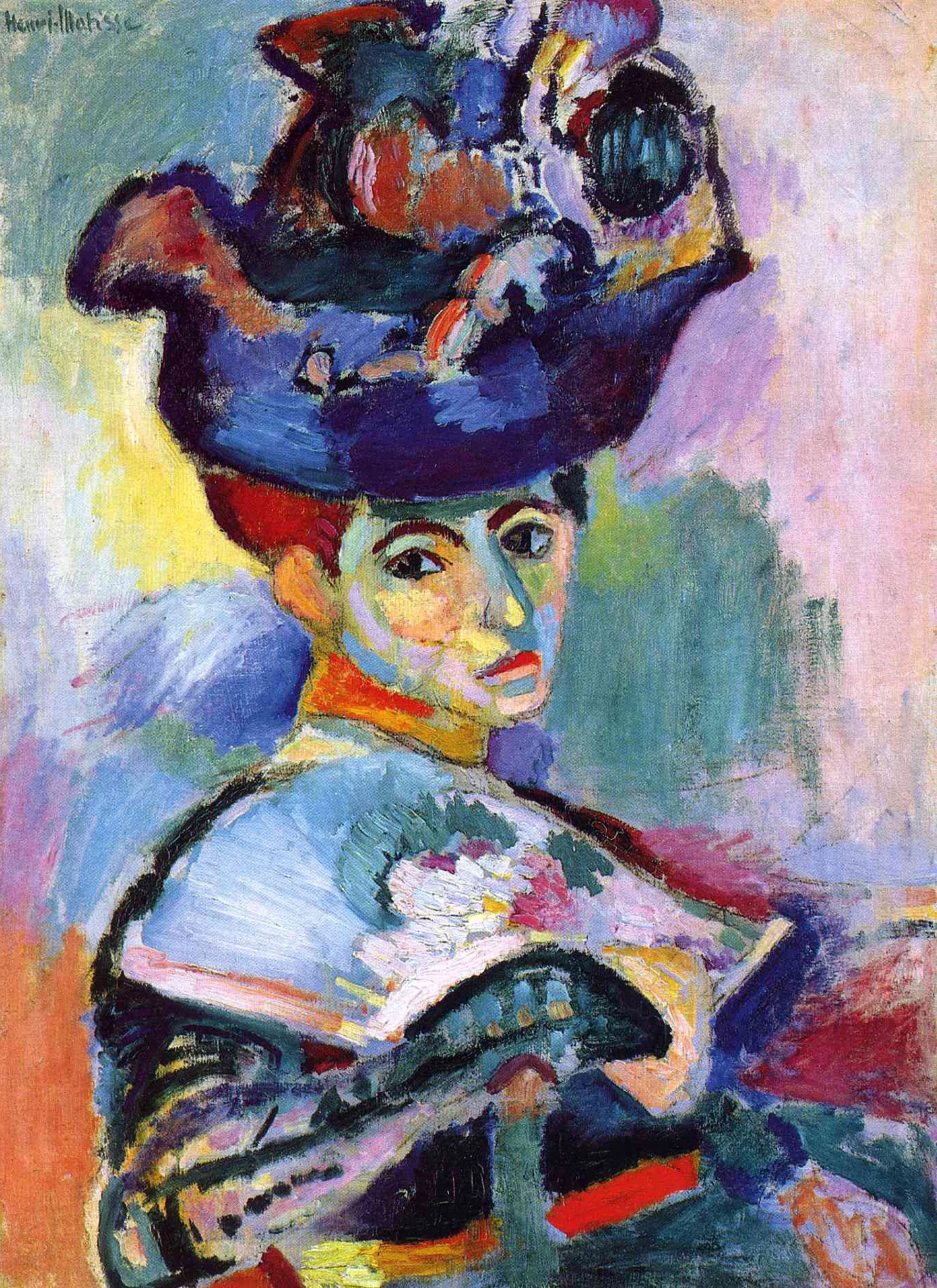
The Woman with a Hat is a Fauvist Oil on Canvas Painting created by Henri Matisse in 1905 . It lives at the San Francisco Museum of Modern Art in the United States . The image is © Succession H. Matisse / ARS, New York, and used according to Educational Fair Use , and tagged Portraits . Source See The Woman with a Hat in the Kaleidoscope
Beauty and the Fauve.
First exhibited at the 1905 Salon d'Automne in Paris, this work was at the center of the controversy that led to the christening of the first modern art movement of the twentieth century: Fauvism . The term fauve, ‘wild beast,’ coined by an art critic, became forever associated with the artists who exhibited their brightly colored canvases in the central gallery (dubbed the cage centrale ) of the Grand Palais. Femme au chapeau marked a stylistic change from the regulated brushstrokes of Matisse ’s earlier work to a more expressive individual style. His use of non-naturalistic colors and loose brushwork, contributed to a sketchy or unfinished quality, seemed shocking to the viewers of the day.
The artist’s wife, Amélie, posed for this half-length portrait. She is depicted in an elaborate outfit with classic attributes of the French bourgeoisie: a gloved arm holding a fan and an elaborate hat perched atop her head. Her costume’s vibrant hues are purely expressive, however; when asked about the hue of the dress Madame Matisse was actually wearing when she posed for the portrait, the artist allegedly replied, “Black, of course.”
Reed Enger, "The Woman with a Hat," in Obelisk Art History , Published February 16, 2015; last modified October 12, 2022, http://www.arthistoryproject.com/artists/henri-matisse/the-woman-with-a-hat/.
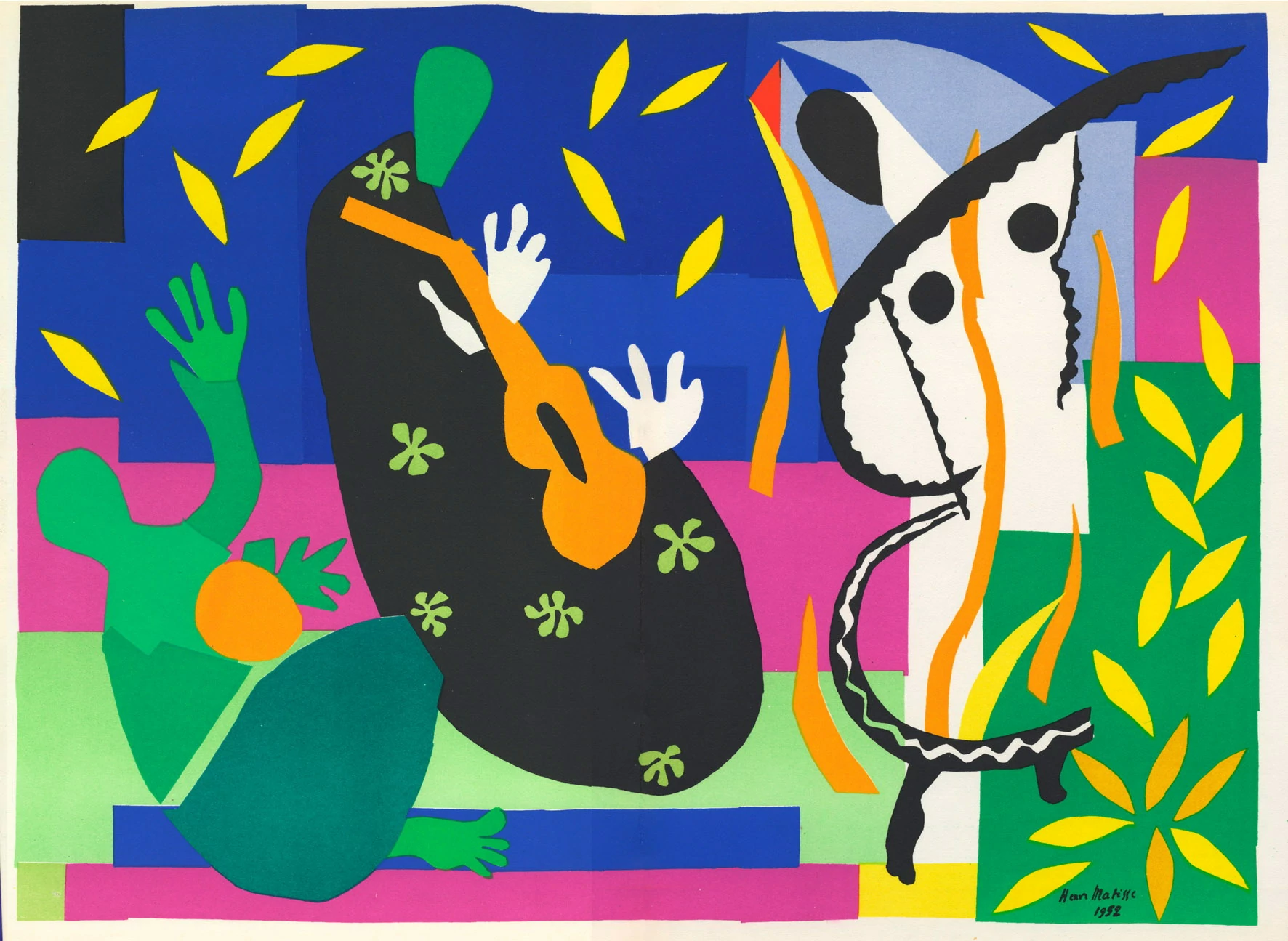
Sorrow of the King
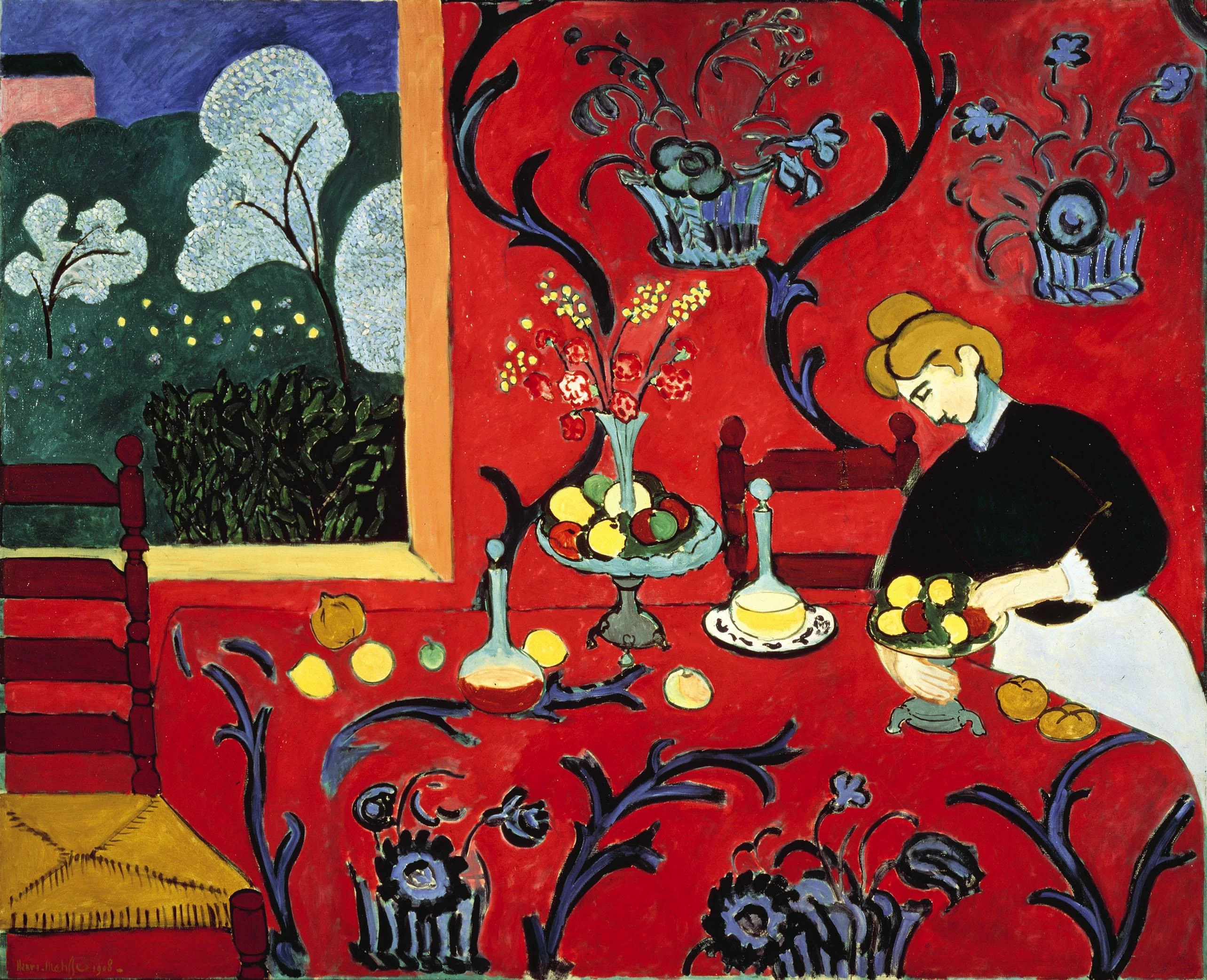
The Dessert: Harmony in Red
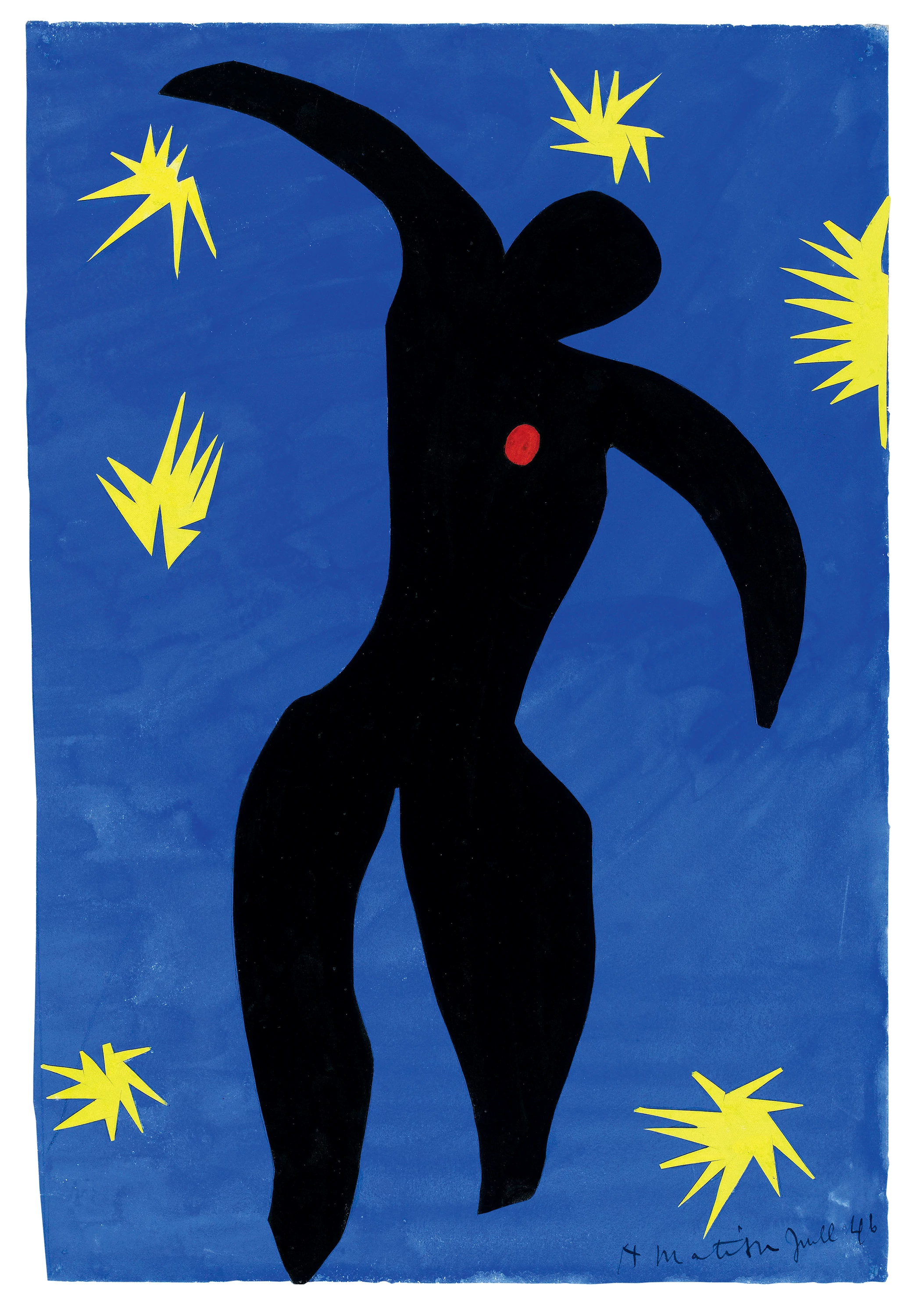
Molen Mill in Sunlight
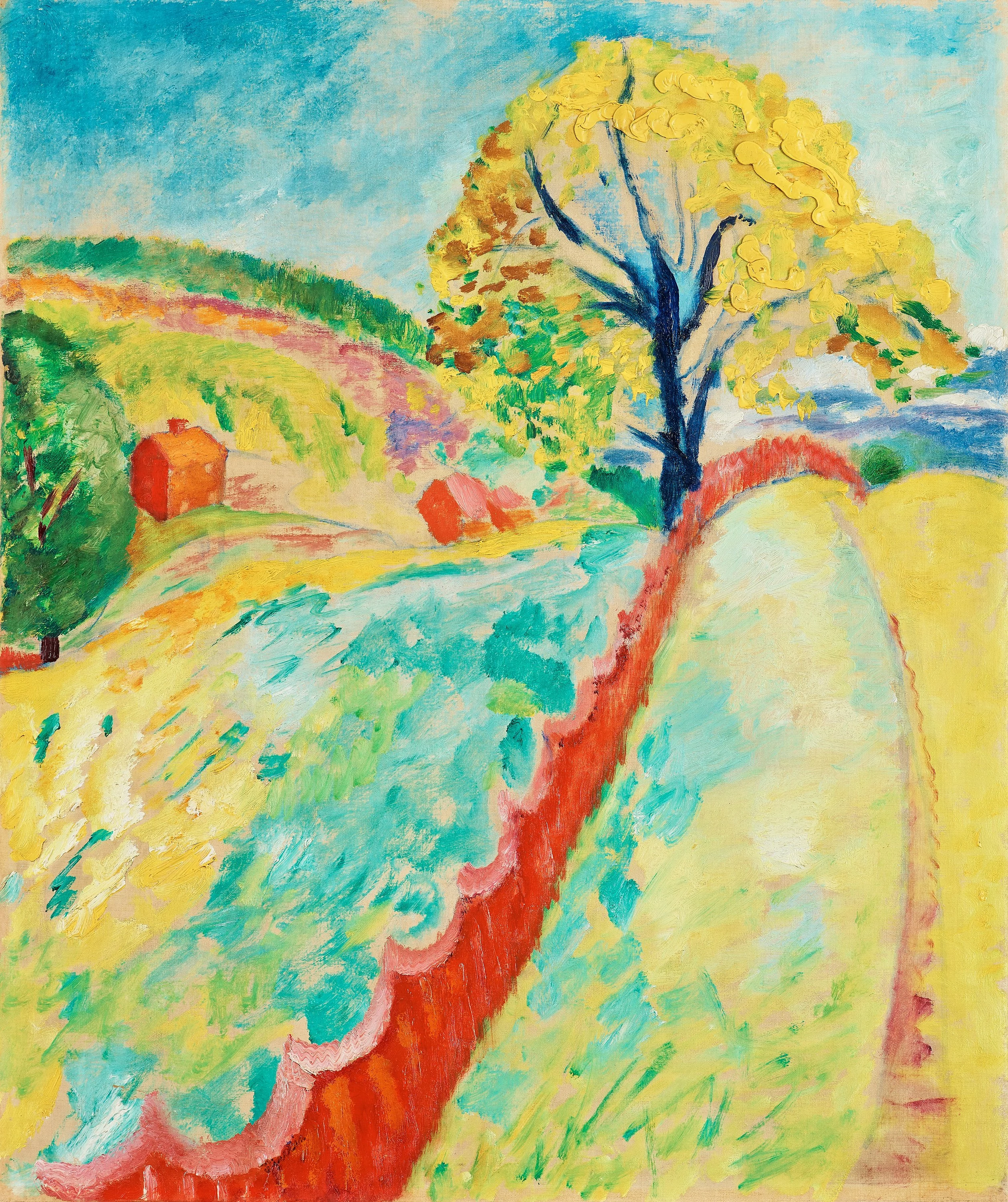
The red fence, Gränna
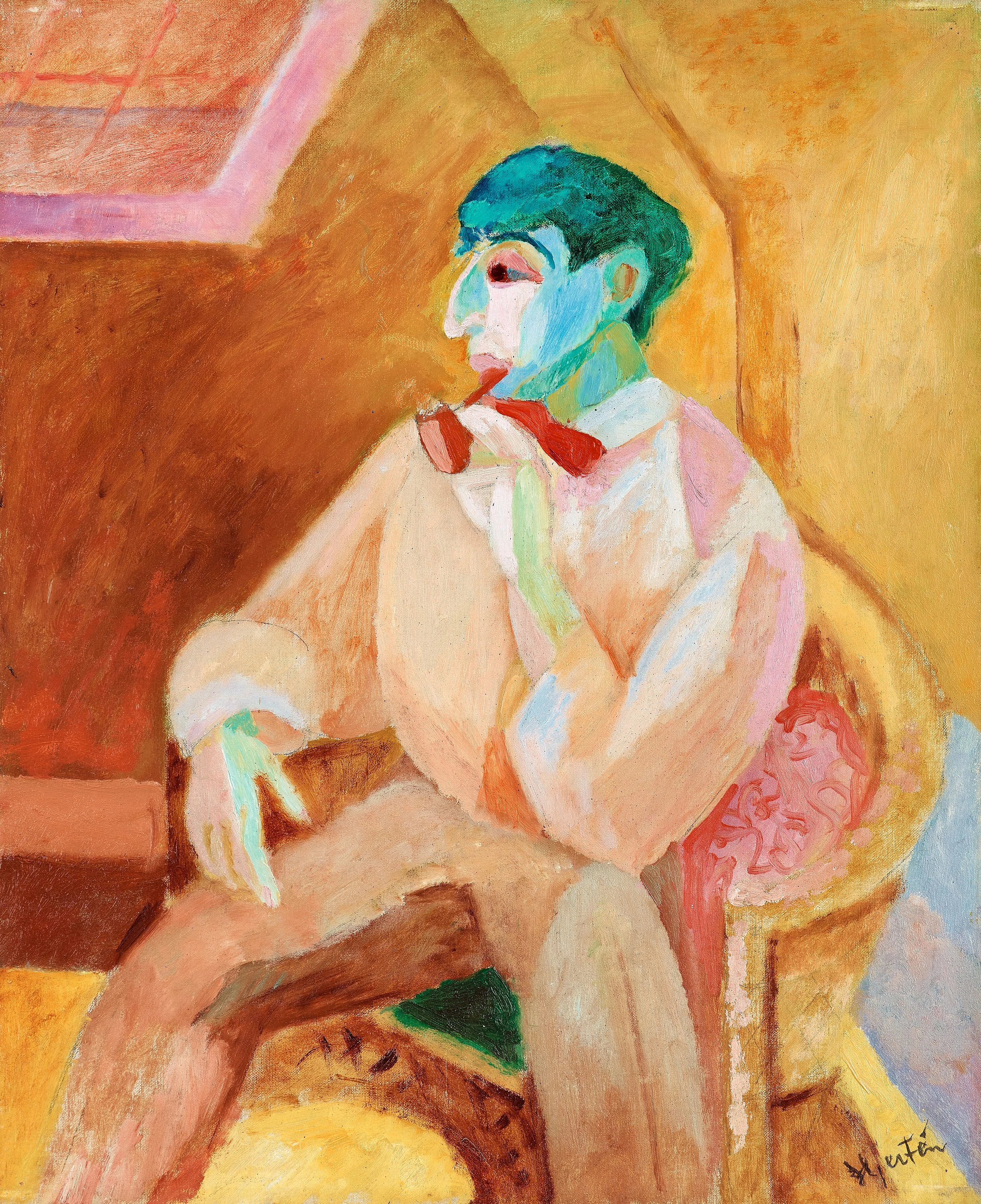
Isaac With A Pipe
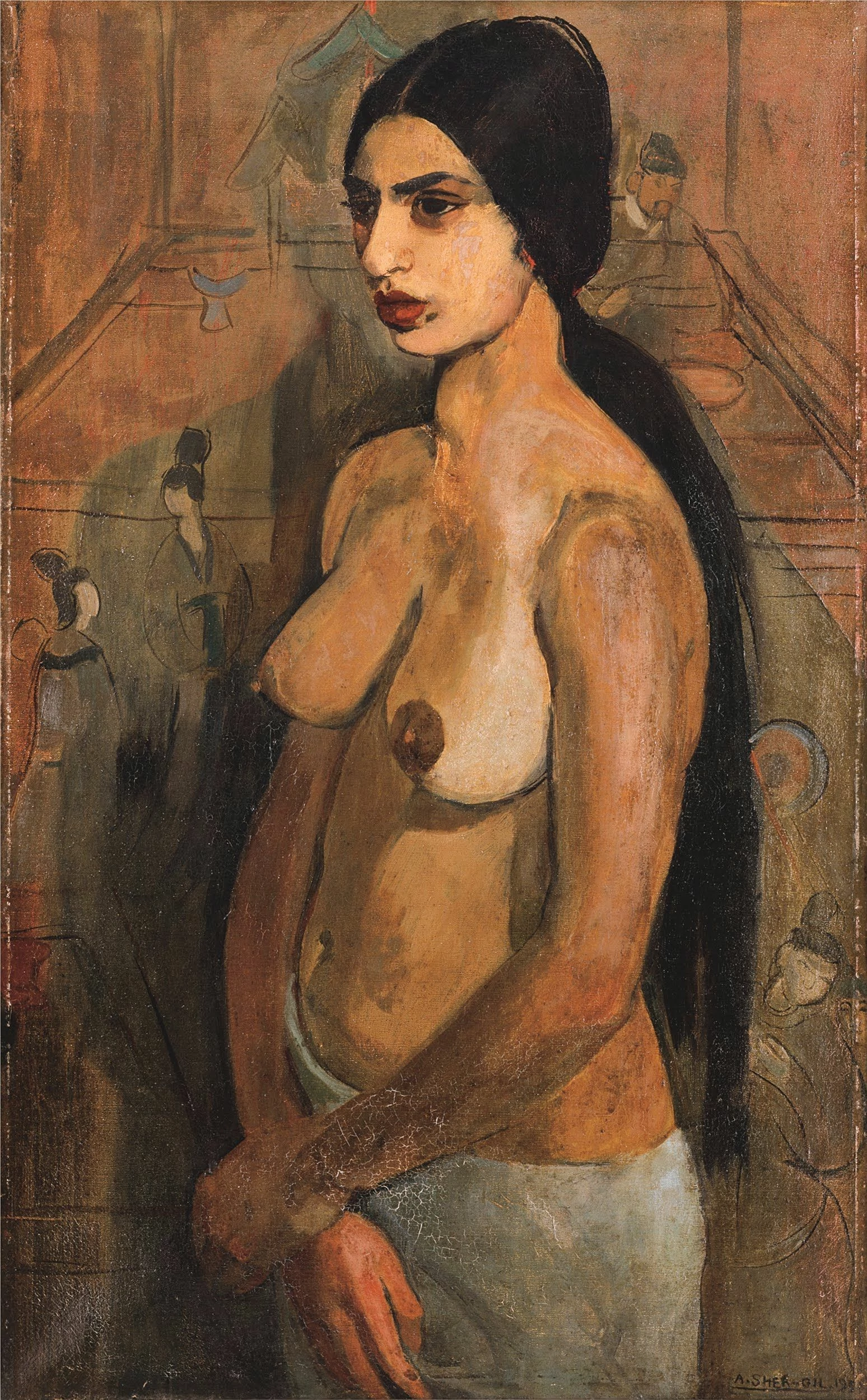
Self-Portrait as a Tahitian
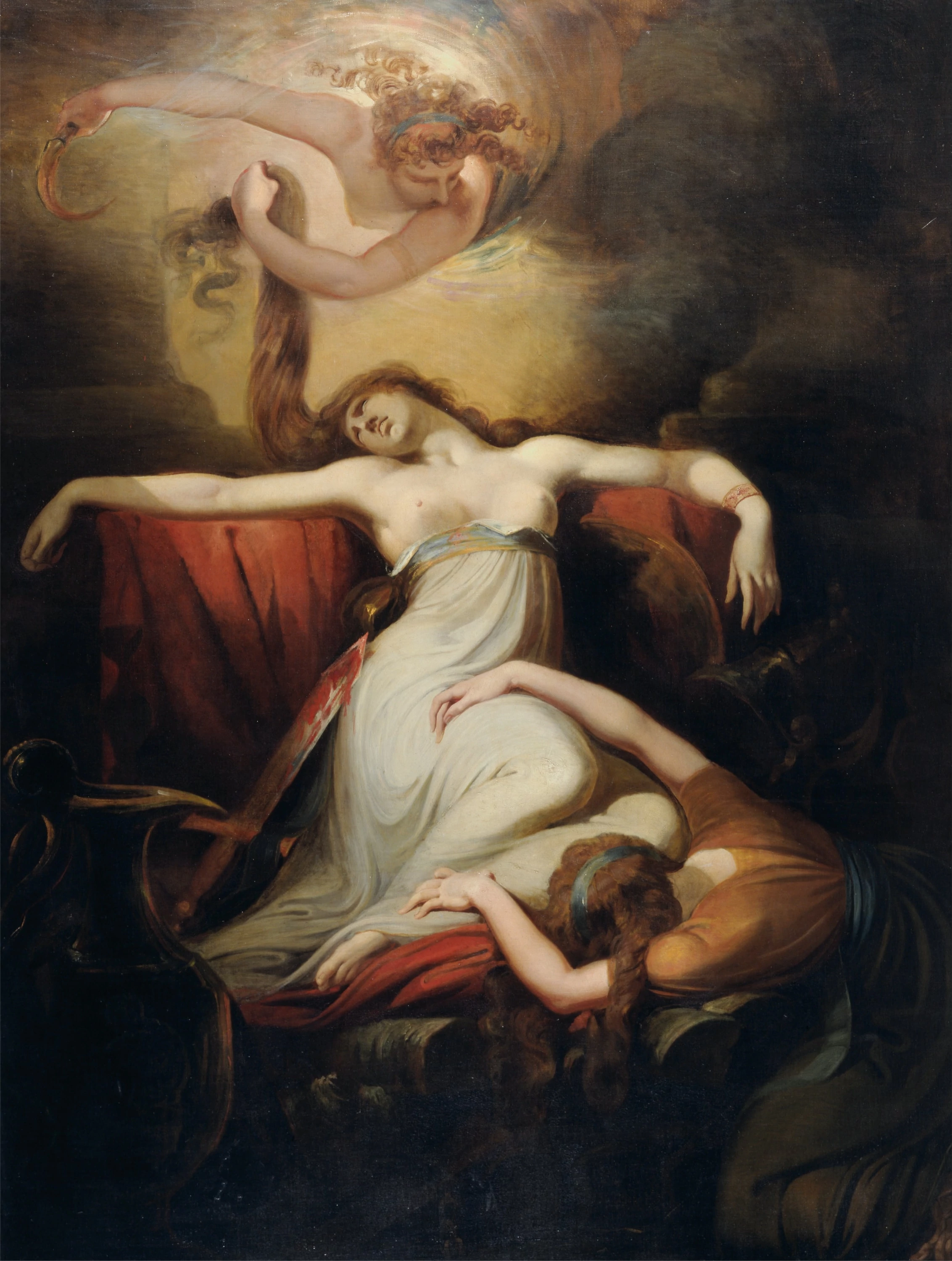
Blue Horse I
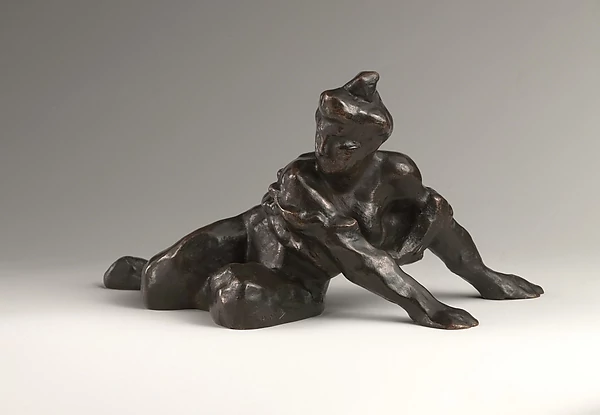
Woman Leaning on Her Hands
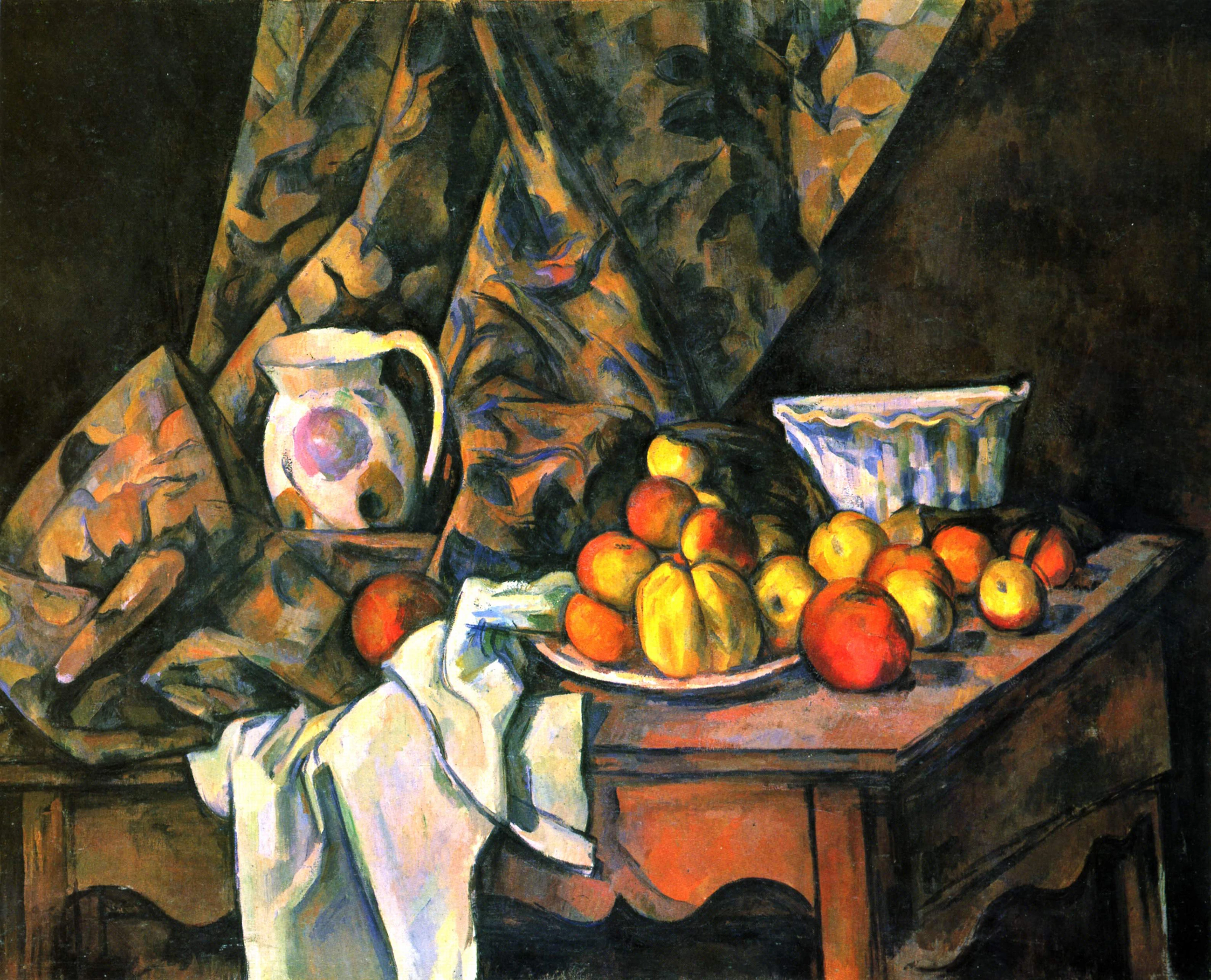
Still Life with Flower Holder
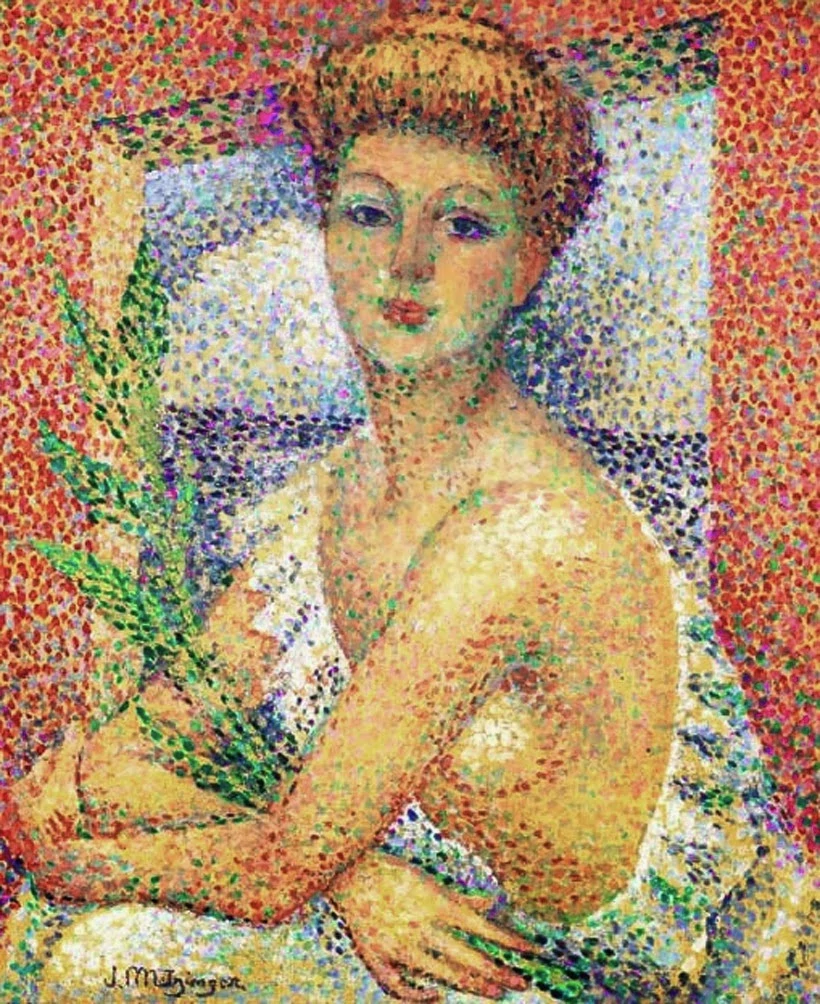
Femme assise au bouquet de feuillage
By continuing to browse Obelisk you agree to our Cookie Policy
All Subjects
study guides for every class
That actually explain what's on your next test, woman with a hat, from class:, avant-garde movements in art.
Woman with a Hat is a painting created by Henri Matisse in 1905 that features his wife, Amélie, as the subject. This artwork is significant for its bold use of color and abstraction, marking a pivotal moment in the Fauvism movement, which emphasized painterly qualities and strong color over realistic representation. The painting challenged traditional notions of portraiture and expression in art, showcasing Matisse's innovative approach to form and hue.
congrats on reading the definition of Woman with a Hat . now let's actually learn it.
5 Must Know Facts For Your Next Test
- The painting features non-naturalistic colors, with Matisse using bright greens, blues, and reds that create a sense of emotion rather than realism.
- Matisse's portrayal of his wife is notable for its abstraction, reducing her facial features to simple shapes and colors.
- Woman with a Hat was first exhibited at the 1905 Salon d'Automne, where it drew both admiration and controversy for its radical style.
- This artwork played a crucial role in establishing Matisse's reputation as a leading figure in modern art and set the tone for future developments in Fauvism.
- The piece exemplifies Matisse's belief in the expressive power of color and its ability to evoke feeling, moving away from traditional techniques in portrait painting.
Review Questions
- Woman with a Hat exemplifies Fauvism by employing vivid colors that are not representative of natural appearances. Matisse’s choice to use exaggerated hues creates an emotional impact rather than a realistic portrayal of his wife. The abstracted shapes further emphasize the expressive potential of color over traditional form, which is central to Fauvist principles.
- Woman with a Hat challenged traditional portraiture by moving away from lifelike representations and instead focusing on the emotional expression conveyed through color and abstraction. Matisse simplified features and utilized unconventional colors, subverting expectations about how a portrait should look. This approach invited viewers to reconsider the purpose of portraiture beyond mere likeness to include emotional depth.
- Woman with a Hat marks a significant point in Henri Matisse's artistic evolution as it showcases his departure from traditional artistic methods towards more innovative approaches that emphasize color and emotion. Its reception at the Salon d'Automne heralded new ideas in modern art, influencing later movements such as Expressionism and Cubism. The painting's emphasis on subjective experience over objective representation reflects broader shifts in 20th-century art, paving the way for artists to explore personal expression and abstraction.
Related terms
An early 20th-century art movement led by Matisse and André Derain, characterized by vibrant colors and a focus on painterly qualities rather than representational accuracy.
The study of how colors interact and the effects they have on one another, which Matisse used to create emotional responses in his work.
Portraiture : The art of creating portraits, which involves representing a person’s likeness, often conveying their personality or mood.
" Woman with a Hat " also found in:
Subjects ( 2 ).
- Intro to Art
- Nineteenth Century Art
© 2024 Fiveable Inc. All rights reserved.
Ap® and sat® are trademarks registered by the college board, which is not affiliated with, and does not endorse this website..
Artwork Info
Audio stories.
Why did this painting cause a scandal?
transcripts
NARRATOR:
Femme au Chapeau , or Woman with a Hat , is a portrait of Henri Matisse’s wife, Amelie, and is today one of the best known works of art in the Museum’s collection. But it caused a commotion in 1905, when the Paris art world came face to face with the bold colors of modern painting in the great annual exhibition, the Autumn Salon. Curator Janet Bishop gives the full story.
JANET BISHOP:
Matisse had been working on a very large landscape at the time and didn’t think that he could finish it. So this painting was actually made in—in some haste. And when his colleagues and the salon president saw the piece, they had encouraged him not to show it, for fear that he would really embarrass himself by putting this on public view. But he went ahead and did it. And the—the critical reaction was—was strong, and one of the critics, Louis Vauxcelles , referred to this painting and paintings by Matisse’s colleagues as les fauves, or wild beasts.
The moniker stuck, and today many artists and scholars consider the work of these so-called “Fauvists” to be a turning point in the development of a modern art. But many viewers of his day couldn’t accept Matisse’s riotous colors, and the raw, loose way he applied paint.
BISHOP:
He had been painting with a sort of non-objective palette, using colors that didn’t correspond to observed reality. But it was one thing to do that with a landscape, for instance; but to do that for a woman’s face was really utterly shocking. To use this bold slash of green across his wife’s forehead, a slash of green for her nose, you know, this dab of yellow at—at its tip. Matisse was purportedly asked what his wife would actually have been wearing when she posed. And he replied, facetiously or not, “Well, black, of course.”
https://sfmoma-media-dev.s3.us-west-1.amazonaws.com/www-media/2023/03/02101523/47006_X_sp_102a_Matisse_FemmeauChapeau_music.mp3
https://sfmoma-media-dev.s3.us-west-1.amazonaws.com/www-media/2023/03/02101522/47009_mn_102a_Matisse_Femme.mp3
Audio Description
https://sfmoma-media-dev.s3.us-west-1.amazonaws.com/www-media/2023/03/02101607/47011_en_102AD_Matisse_Femmeauchapeau_edited-01.mp3
This is Femme au Chapeau , or Woman with a Hat , a vertical portrait of a woman made with patches of wild color and rough, energetic brushstrokes. Henri Matisse painted it in oil in 1905. His signature is in the top left corner of the canvas. The painting is just over 2 and a half feet tall and almost 2 feet wide. The woman’s enormous hat fills the upper third of the canvas. Her face anchors the center, and her dress fills the bottom.
The woman is seated in profile with her face turned toward us. Her giant hat dwarfs her; it is nearly twice the size of her face. The wide blue brim sits straight across her forehead. It is topped with exuberant puffs of oranges, greens and blues, swirling around each other. The colors might represent flowers or feathers in her hat.
The woman’s red hair is pulled up, a small patch peeking out from under the wide brim of her hat. She is the artist’s wife Amelie. We know she was a Caucasian French woman, but here, her face is rendered in streaks of green, and blots of gray, mauves, and yellows. Her forehead is marked by a horizontal green smear, possibly the shadow from the brim of her hat. A long, green vertical streak defines her nose, with a small blob of pale yellow marking its tip. The curve of her upper lip is tomato red; her bottom lip is a slash of peachy pink. Just below her bottom lip is a short strip of light green – below that, another slash of pink defines her chin.
The woman leans back in a chair, holding what appears to be an open fan. She wears long gloves painted in green, speckled with pink details resembling embroidery. Her fan is composed of thick splashes of white and peach, with splotches of violets and greens. Behind her, soft washes of pink, lilac, yellow, green and coral fill the background.
Other Works by Henri Matisse
Please note that artwork locations are subject to change, and not all works are on view at all times.
Only a portion of SFMOMA's collection is currently online, and the information presented here is subject to revision. Please contact us at [email protected] to verify collection holdings and artwork information. If you are interested in receiving a high resolution image of an artwork for educational, scholarly, or publication purposes, please contact us at [email protected].
This resource is for educational use and its contents may not be reproduced without permission. Please review our Terms of Use for more information.

COMMENTS
Henri Matisse’s painting Woman with a Hat (1905) was one of the first paintings exhibited that started the Fauvism art movement. It was a revolutionary painting because of the different painting techniques utilized, especially in terms of color and brushstrokes. Where Is the Painting Woman with a Hat by Henri Matisse?
Woman with a Hat (French: La femme au chapeau) is an oil-on-canvas painting by Henri Matisse. It depicts Matisse's wife, Amélie Matisse. [1] It was painted in 1905 and exhibited at the Salon d'Automne during the autumn of the same year, along with works by André Derain, Maurice de Vlaminck and several other artists later known as "Fauves". [2]
Woman with a Hat by Henri Matisse is a famous oil on canvas painting that is said to depict the artist’s wife, Amelie. Produced and exhibited for the first time in 1905, it appeared among other works by Fauve artists at the Salon d’Automne, such as Maurice de Vlaminck and André Derain.
Paintings such as Woman with a Hat (San Francisco Museum of Modern Art), when exhibited at the 1905 Salon d’Automne in Paris, gave rise to the the first of the avant-garde movements (fall 1905–7), named “Fauvism” (from the French word fauve or “wild beast”) by a contemporary art critic, referring to its use of arbitrary combinations ...
A pivotal work in Matisse’s oeuvre and in the Fauvist movement, ‘Woman With a Hat’ challenges traditional portraiture through its audacious color choices and expressive technique. Stands as a testament to the power of color and emotion in art, pushing the boundaries of representation.
The Woman with a Hat is a Fauvist Oil on Canvas Painting created by Henri Matisse in 1905. It lives at the San Francisco Museum of Modern Art in the United States. The image is © Succession H. Matisse / ARS, New York, and used according to Educational Fair Use, and tagged Portraits.
Woman with a Hat was first exhibited at the 1905 Salon d'Automne, where it drew both admiration and controversy for its radical style. This artwork played a crucial role in establishing Matisse's reputation as a leading figure in modern art and set the tone for future developments in Fauvism.
Henri Matisse’s Woman with a Hat marks his stylistic transition to Fauvism and is an exemplary masterpiece of the movement. In this article, Singulart discusses the Woman with a Hat in the context of the Modern Master’s life and Fauvist period.
In "Woman with a Hat," Matisse's use of color is not just an arbitrary choice, but a deliberate expression of emotion. The bold, vibrant colors he used are meant to convey the woman's inner emotional state, rather than a literal depiction of her appearance.
This is Femme au Chapeau, or Woman with a Hat, a vertical portrait of a woman made with patches of wild color and rough, energetic brushstrokes. Henri Matisse painted it in oil in 1905. His signature is in the top left corner of the canvas.